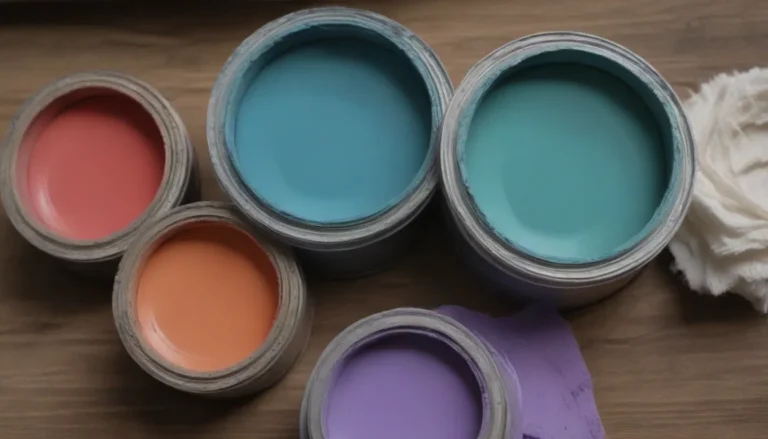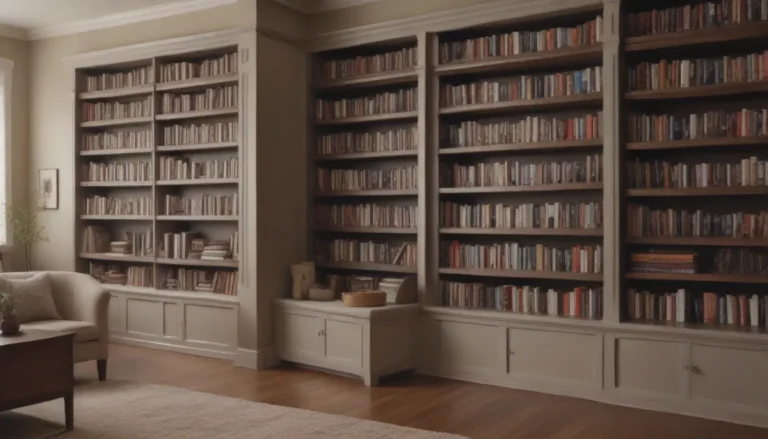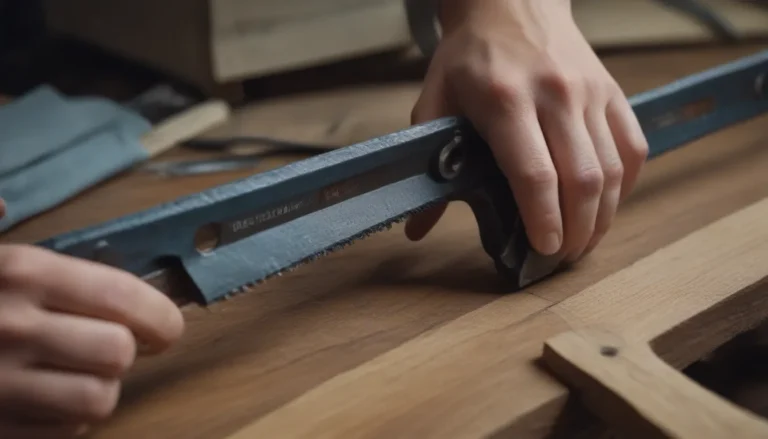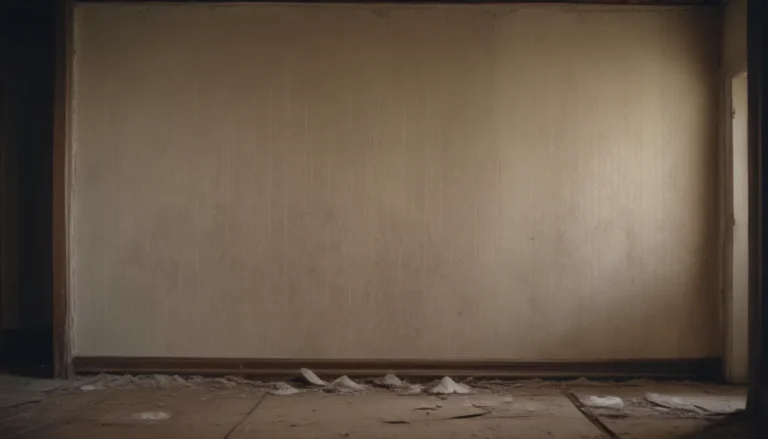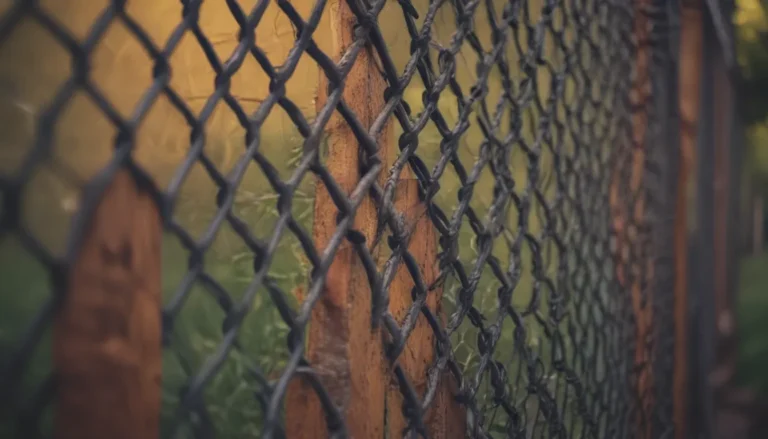A Comprehensive Guide to Choosing the Best Paint Types for Furniture
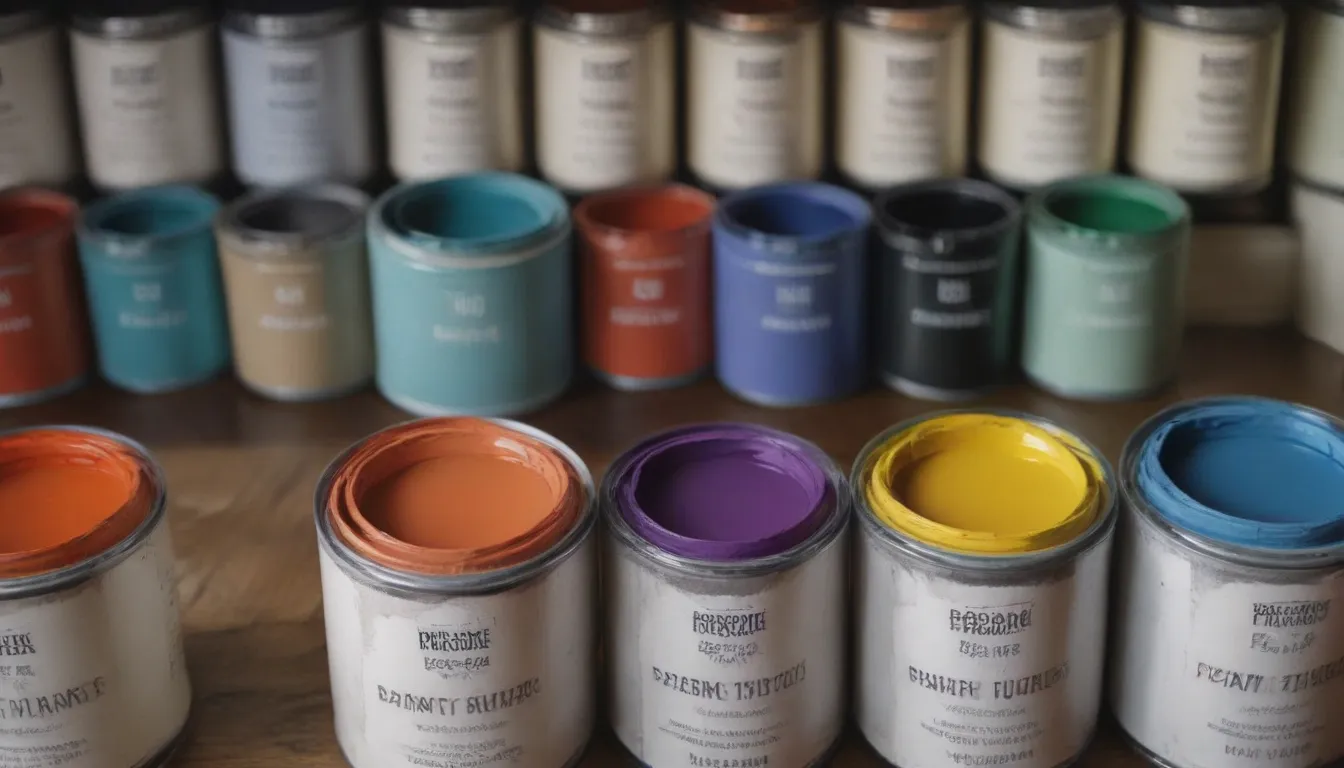
Are you looking to give your furniture a fresh new look with a coat of paint? Choosing the right type of paint can make all the difference in achieving a beautiful and long-lasting finish. From latex to chalky, milk, acrylic, oil, and alkyd paint, each option offers unique benefits for different types of furniture and projects. In this guide, we’ll explore the pros and cons of each paint type, popular brands, application tips, and more to help you make an informed decision for your next furniture painting project.
Latex Paint: An Easy and Affordable Option
Latex paint is a popular choice for painting furniture due to its accessibility and affordability. Available in a wide range of colors and finishes, latex paint is easy to clean with soap and water, making it ideal for indoor projects. Low or no-VOC formulas are also available, making it a safe choice for indoor use.
Tips for Using Latex Paint:
- Prep the surface with sanding and a primer for best results.
- Choose the right finish for your project, whether it’s flat, satin, semigloss, or gloss.
- Be prepared for touch-ups in the future, as latex paint can chip and scratch easily.
Popular Brands:
- Benjamin Moore
- Sherwin-Williams
- Behr
- Valspar
- Farrow & Ball
Cost:
- Gallon of latex paint: $15 to $50 on average
Best for:
– Pieces of furniture that won’t see heavy use
– Abundant color options
– Easy to clean with soap and water
Cons:
– Long curing time
– Prone to chipping and scratching
Chalky Paint: Achieve a Distressed Look with Ease
Chalky paint has gained popularity for its ability to give furniture a sanded or distressed look. While it may have a learning curve, chalky paint offers a smooth finish and fast drying time. Keep in mind that brush strokes may be visible, and the finish is subject to scratching or marking.
Tips for Using Chalky Paint:
- Be prepared for a fast drying time, which may result in visible brush strokes.
- Practice on a small area before tackling a larger project.
- Consider using a wax or oil top coat to preserve the finish.
Popular Brands:
- Annie Sloan Chalk Paint
- Rust-Oleum
- Joanna Gaines’ KILZ line
- Valspar
Cost:
- Quart of chalky paint: $23 to $40
Best for:
– Refinishing antique pieces
– Achieving a rich, matte look
Cons:
– Limited color options
– Finish is subject to scratching or marking
Milk Paint: A Versatile and Nontoxic Option
Milk paint offers a slightly thinner texture than chalky paint and can be used on a variety of surfaces. While it may be challenging to achieve consistent saturation, milk paint is nontoxic and easy to clean up with soap and water. Consider using a bonder for smoother application and lasting results.
Tips for Using Milk Paint:
- Add water to the powder formula to create the desired amount of paint.
- Consider using a bonder for smoother application and lasting results.
- Top coat with wax or oil to preserve the finish.
Popular Brands:
- Miss Mustard Seed’s
- Real Milk Paint Co.
- Rust-Oleum
- Old Fashioned Milk Paint
Cost:
- Gallon of milk paint: $20 to $200
Best for:
– Achieving an antiqued, weathered look
– Nontoxic powder formula
Cons:
– Tough to achieve consistent saturation
– Might chip or scratch without sealer
Acrylic Paint: A Versatile and Resilient Choice
Acrylic paint offers rich pigment and a smooth finish, making it a versatile option for painting furniture. While it goes on evenly and is self-leveling, acrylic paint requires a primer for best results. Keep in mind that it has a long curing time and is best suited for pieces with light to moderate use.
Tips for Using Acrylic Paint:
- Apply a primer for better adhesion to the surface.
- Enjoy easy clean-up with soap and water.
- Allow for ample drying time between coats.
Popular Brands:
- Amy Howard
- Rust-Oleum
- General Finishes Milk Paint
- Beyond All in One
Cost:
- Quart of acrylic paint: $36 to $50
Best for:
– Small furniture or accent pieces
– Resilient finish that resists stains
Cons:
– Long curing time
– Requires a primer for best results
Oil Paint: A Durable and Long-Lasting Option
Oil-based paint is known for its durability and resilience on furniture. While it may take longer to dry and have high levels of VOCs, oil paint offers a durable finish that resists chipping and scratching. Keep in mind that it may require paint thinner for clean-up and proper ventilation due to its strong odor.
Tips for Using Oil Paint:
- Use a natural bristle brush and paint thinner for clean-up.
- Allow for long drying times between coats.
- Consider using oil paint on heavily used furniture for a lasting finish.
Popular Brands:
- Behr
- Valspar
Cost:
- Gallon of oil paint: $30 to $60
Best for:
– Furniture that sees heavy use
– Durable finish that resists chipping
Cons:
– High levels of VOCs
– Long drying times between coats
Alkyd Paint: A Durable and Easy-to-Apply Choice
Alkyd paint offers a water-based formula that dries to an oil finish, making it a popular choice for furniture painting. With a durable finish that resists brushstrokes and doesn’t require a top coat, alkyd paint is easy to apply and offers a range of sheens, including matte and semi-gloss.
Tips for Using Alkyd Paint:
- Sand the surface with 220 grit sandpaper before application.
- No additional topcoat is necessary for a durable finish.
- Enjoy a chip-resistant and easy-to-clean finish.
Popular Brands:
- Behr
- Benjamin Moore
- Dutch Boy
- Valspar
Cost:
- Gallon of alkyd paint: $45 to $85
Best for:
– Durable finishes without brushstrokes
– Easy application and durable finish
Cons:
– Requires sanding before application
– Can be expensive
Application Tips: Choosing the Right Paint for Your Furniture
Each type of paint offers its own set of pros and cons, making it important to choose the right paint for your furniture project. Here are some general tips for selecting the best paint type for your needs:
- If you want a durable finish that resists chipping, consider oil-based or alkyd paint.
- For a quick and affordable coat of paint, acrylic paint is a versatile option for small furniture pieces.
- If you’re looking to achieve a distressed or antiqued look, chalky or milk paint are great choices.
- Consider the level of use your furniture will see and choose a paint that can withstand wear and tear.
Remember to always prep the surface properly, choose the right tools for the job, and allow for ample drying time between coats for a professional finish.
Conclusion
Choosing the best paint type for your furniture project can make all the difference in achieving a beautiful and long-lasting finish. Whether you opt for latex, chalky, milk, acrylic, oil, or alkyd paint, each option offers unique benefits and considerations to keep in mind. By following the tips and recommendations outlined in this guide, you can confidently select the right paint for your furniture and create a stunning new look for your space. Happy painting!
